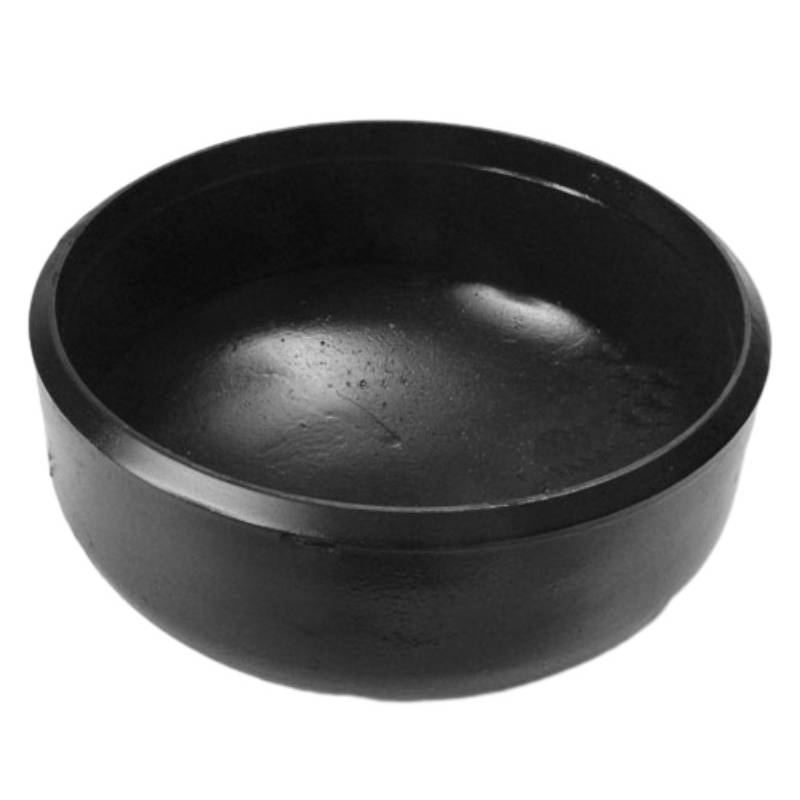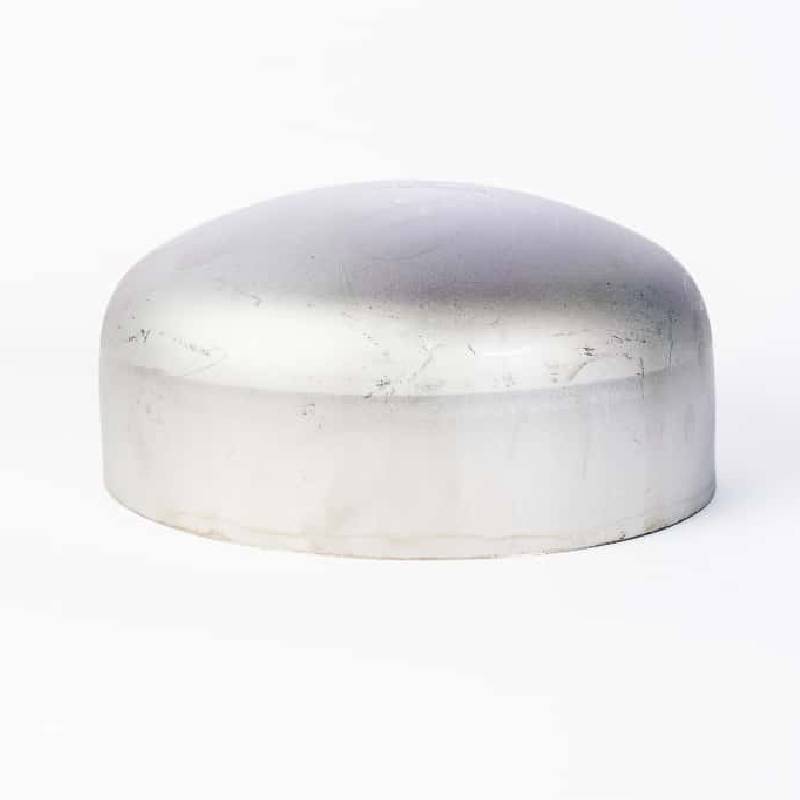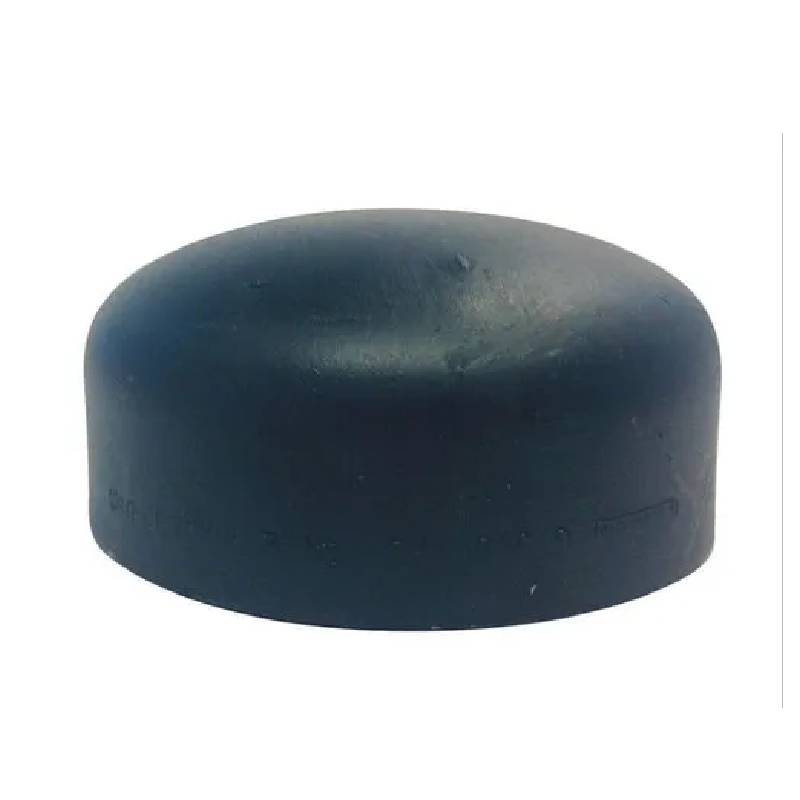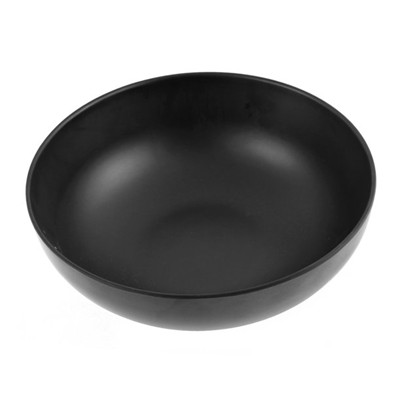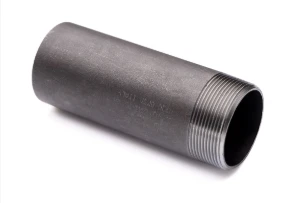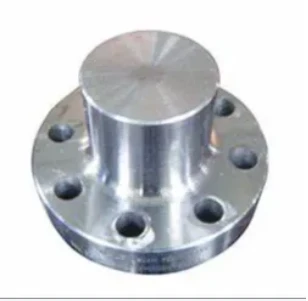-
תאימות סטנדרטית:
מכסי ריתוך קת ANSI/ASME B16.9 עומדים במפרטים המתוארים על ידי מכון התקנים הלאומי האמריקאי (ANSI) והאגודה האמריקאית למהנדסי מכונות (ASME). סטנדרטיזציה זו מבטיחה אחידות, תאימות ואמינות בעיצוב ובביצועים, ומאפשרת אינטגרציה חלקה במערכות צנרת.
-
חיבור ריתוך קת:
כובעי ריתוך קת מותקנים על ידי ריתוך שלהם ישירות על קצה הצינור, ויוצרים חיבור קבוע וחזק. טכניקת ריתוך התחת כרוכה בחימום קצוות הצינור והכובע לנקודת ההיתוך, ואז לחיצה שלהם יחד ליצירת קשר מתכות. שיטת ריתוך זו מספקת חיבור חזק ועמיד בפני דליפות, ומבטל את הצורך בחומרי איטום נוספים.
-
סגירה אטומה:
התפקיד העיקרי של מכסי ריתוך תחת הוא לספק סגירה אטומה לקצה הצינורות במערכת צנרת. מכסים אלו כוללים משטח כיפה או שטוח המכסה את פתח הצינור, ומונעים חדירת או יציאה של נוזלים או גזים. החיבור המרותך מבטיח אטימה הדוקה, ממזער את הסיכון לדליפות ושמירה על תקינות המערכת.
-
בחירת חומרים:
מכסי ריתוך קת זמינים בחומרים שונים כדי להתאים לתנאי הפעלה ולאמצעי מדיה שונים. חומרים נפוצים כוללים פלדת פחמן, נירוסטה, פלדת סגסוגת וסגסוגות לא ברזליות כגון פליז או נחושת. בחירת החומר תלויה בגורמים כמו טמפרטורה, לחץ, עמידות בפני קורוזיה ותאימות לנוזל המועבר.
-
יישומים מגוונים:
מכסי ריתוך קת ANSI/ASME B16.9 מוצאים יישומים בתעשיות מגוונות, כולל נפט וגז, פטרוכימיה, עיבוד כימי, טיפול במים וייצור חשמל. הם משמשים לאיטום קצוות של צינורות, כלי שיט, מיכלים וציוד, ומספקים הגנה מפני זיהום, קורוזיה וסכנות סביבתיות.
-
אפשרויות התאמה אישית:
בעוד מכסי ריתוך תחת דבקים במידות ובמפרטים סטנדרטיים, אפשרויות התאמה אישית זמינות כדי לעמוד בדרישות הפרויקט הספציפיות. זה עשוי לכלול שינויים בגודל הכובע, בעובי, בדרגת החומר ובגימור פני השטח. ניתן להתאים פקקים מותאמים אישית כך שיתאימו לתצורות צנרת ייחודיות ויתאימו לתנאים או סביבות הפעלה מיוחדות.
Buttweld Fittings Manufacturing Process
The manufacturing of buttweld fittings primarily involves two methods: cold drawing and hot forming.
The general steps in the process are as follows:
1. Material Preparation
The initial stage involves sourcing and preparing the raw materials needed for production.
2. Cutting
Pipes or plates are cut into specified shapes or lengths as per requirements.
3. Forming
The materials are shaped into various configurations, such as buttweld pipe caps, 90-degree elbows, and reducing tees. Cold drawn products are formed directly into their designated shapes using hammers, mechanical presses, or upsetters. In contrast, the hot forming process begins with heating the material, followed by shaping it.
4. Heat Treatment
This process entails heating and cooling the metals to alter their microstructure, enhancing both physical and mechanical properties to achieve the desired characteristics.
5. Machining
Sharp cutting tools are employed in this stage to refine shapes and prepare the ends of the fittings.
6. Inspection and Testing
The products undergo a thorough inspection in accordance with relevant standards, checking dimensions, material quality, and appearance.
7. Coating (if required)
Finally, a coating may be applied as necessary to meet specific requirements.
Butt Weld Pipe Cap FAQs
-
What materials are the butt weld pipe caps made from?
- Our butt weld pipe caps are crafted from high-quality materials including carbon steel, stainless steel, and alloy steel. This selection ensures durability and resistance to corrosion, making them suitable for a wide range of applications in various industries such as oil and gas, water supply, and construction.
-
What sizes are available for the butt weld pipe caps?
- We offer a comprehensive range of sizes for our butt weld pipe caps, from small diameters to large fittings, accommodating various pipe sizes. Please refer to the product listing for specific dimensions or contact our customer support for assistance in selecting the appropriate size for your project needs.
-
Are these butt-weld pipe caps suitable for high-pressure applications?
- Yes, our butt weld pipe caps are designed to support high-pressure applications. They meet industry standards and specifications, providing a secure and leak-proof seal that can withstand significant pressure levels. Be sure to check the specifications to ensure compatibility with your particular system requirements.
-
How do I install the butt weld pipe caps?
- Installing butt weld pipe caps requires welding them directly to the pipe for a strong, permanent connection. We recommend using qualified welders and following proper welding procedures to ensure a secure fit and maintain the integrity of the piping system. For detailed installation guidelines, please consult the accompanying technical documentation.
-
Can these butt-weld pipe caps be used in outdoor applications?
Absolutely! Our butt weld pipe caps are suitable for both indoor and outdoor applications. They are built to withstand environmental factors, making them ideal for exterior installations. For prolonged exposure to harsh conditions, we recommend our stainless steel options for enhanced resistance to corrosion.
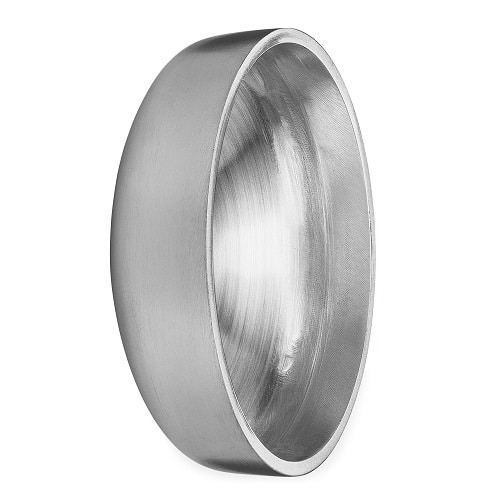
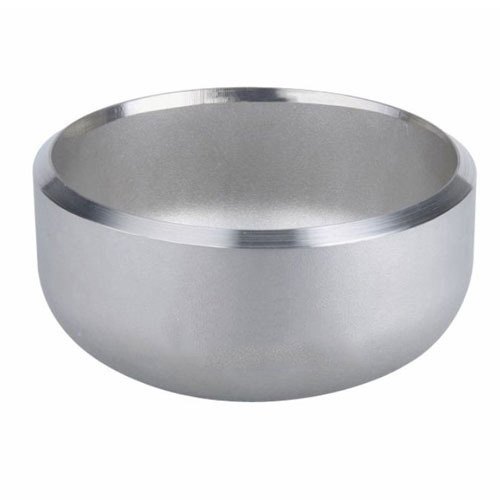
פקקי ריתוך קת ANSI/ASME B16.9 הם רכיבים קריטיים במערכות צנרת תעשייתיות, המספקים סגירה בטוחה ועמידה בפני דליפות לקצוות הצינור. התאימות שלהם לתקני ANSI ו-ASME, חיבור ריתוך קת, יכולות איטום ורב-גוניות הופכים אותם לחיוניים ביישומים שונים בתעשיות. עם מכסי ריתוך תחת, מהנדסים ומפעילים יכולים להבטיח את השלמות, הבטיחות והיעילות של מערכות הצנרת שלהם, לתרום לפעולות חלקות וללא תקלות.







